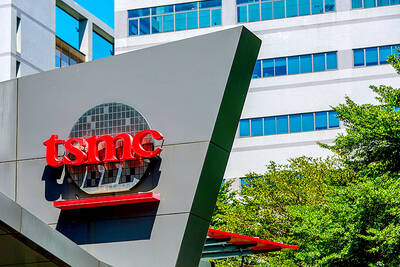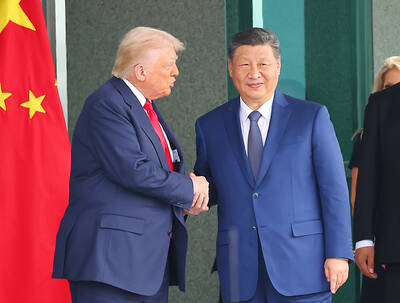Europe’s economic recovery has stalled, according to new data released yesterday, with the heavyweight German economy slowing to a halt in the fourth quarter of last year and Italy switching back to contraction.
Elsewhere in Europe, growth slowed to 0.3 percent in the Netherlands and to 0.4 percent in Austria, but the recovery sped up in France, where growth was at 0.6 percent for the fourth quarter compared to 0.3 percent in the third.
Italy’s economy, meanwhile, shrank by 0.2 percent in the fourth quarter of last year, inverting the growth it had experienced in the third quarter, national statistics agency Istat said in a preliminary forecast.
There was a mixed picture in Central and Eastern Europe too. The Czech Republic fell back into contraction following two quarters of growth, while Hungary’s prospects were brighter as the contraction slowed to 0.4 percent.
Europe in general has begun to emerge from what is in most cases record recessions, but the recovery process is expected to be slow and bumpy because business investment and consumer consumption are still weak in many cases.
CONTRACTIONS
Full-year figures showed that Germany, the biggest European economy, contracted by 5 percent last year, France by 2.2 percent, the Netherlands by 4 percent, Austria by 3.6 percent, the Czech Republic by 4.3 percent and Italy by 4.9 percent.
The latest German data showed that “the recovery of the German economy lost momentum at the end of 2009,” the Destatis office said in a statement.
The German economy is heavily dependent on exports and once again they made the only positive contribution in the final three months of the year, since consumption and business investment were both down, Destatis said.
“It is a satisfying result,” said French Economy Minister Christine Lagarde on RMC radio, commenting on the figures from state statistics institute INSEE. “I said we would be back up and running at the end of the year.”
For the 16-nation bloc using the euro single currency, economic growth slowed to 0.1 percent in the fourth quarter of last year over the previous quarter, an official EU estimate showed yesterday.
Compared with the same quarter in 2008, seasonally adjusted GDP decreased by 2.1 percent in the eurozone, the EU’s Eurostat data agency said.
It said that GDP fell by 4 percent over the whole of last year.
In the full 27-nation EU, growth also rose by 0.1 percent in the fourth quarter compared to the previous three months and decreased by 2.3 percent over the year.

RUN IT BACK: A succesful first project working with hyperscalers to design chips encouraged MediaTek to start a second project, aiming to hit stride in 2028 MediaTek Inc (聯發科), the world’s biggest smartphone chip supplier, yesterday said it is engaging a second hyperscaler to help design artificial intelligence (AI) accelerators used in data centers following a similar project expected to generate revenue streams soon. The first AI accelerator project is to bring in US$1 billion revenue next year and several billion US dollars more in 2027, MediaTek chief executive officer Rick Tsai (蔡力行) told a virtual investor conference yesterday. The second AI accelerator project is expected to contribute to revenue beginning in 2028, Tsai said. MediaTek yesterday raised its revenue forecast for the global AI accelerator used

Taiwan Semiconductor Manufacturing Co (TSMC, 台積電) has secured three construction permits for its plan to build a state-of-the-art A14 wafer fab in Taichung, and is likely to start construction soon, the Central Taiwan Science Park Bureau said yesterday. Speaking with CNA, Wang Chun-chieh (王俊傑), deputy director general of the science park bureau, said the world’s largest contract chipmaker has received three construction permits — one to build a fab to roll out sophisticated chips, another to build a central utility plant to provide water and electricity for the facility and the other to build three office buildings. With the three permits, TSMC

TEMPORARY TRUCE: China has made concessions to ease rare earth trade controls, among others, while Washington holds fire on a 100% tariff on all Chinese goods China is effectively suspending implementation of additional export controls on rare earth metals and terminating investigations targeting US companies in the semiconductor supply chain, the White House announced. The White House on Saturday issued a fact sheet outlining some details of the trade pact agreed to earlier in the week by US President Donald Trump and Chinese President Xi Jinping (習近平) that aimed to ease tensions between the world’s two largest economies. Under the deal, China is to issue general licenses valid for exports of rare earths, gallium, germanium, antimony and graphite “for the benefit of US end users and their suppliers

Dutch chipmaker Nexperia BV’s China unit yesterday said that it had established sufficient inventories of finished goods and works-in-progress, and that its supply chain remained secure and stable after its parent halted wafer supplies. The Dutch company suspended supplies of wafers to its Chinese assembly plant a week ago, calling it “a direct consequence of the local management’s recent failure to comply with the agreed contractual payment terms,” Reuters reported on Friday last week. Its China unit called Nexperia’s suspension “unilateral” and “extremely irresponsible,” adding that the Dutch parent’s claim about contractual payment was “misleading and highly deceptive,” according to a statement